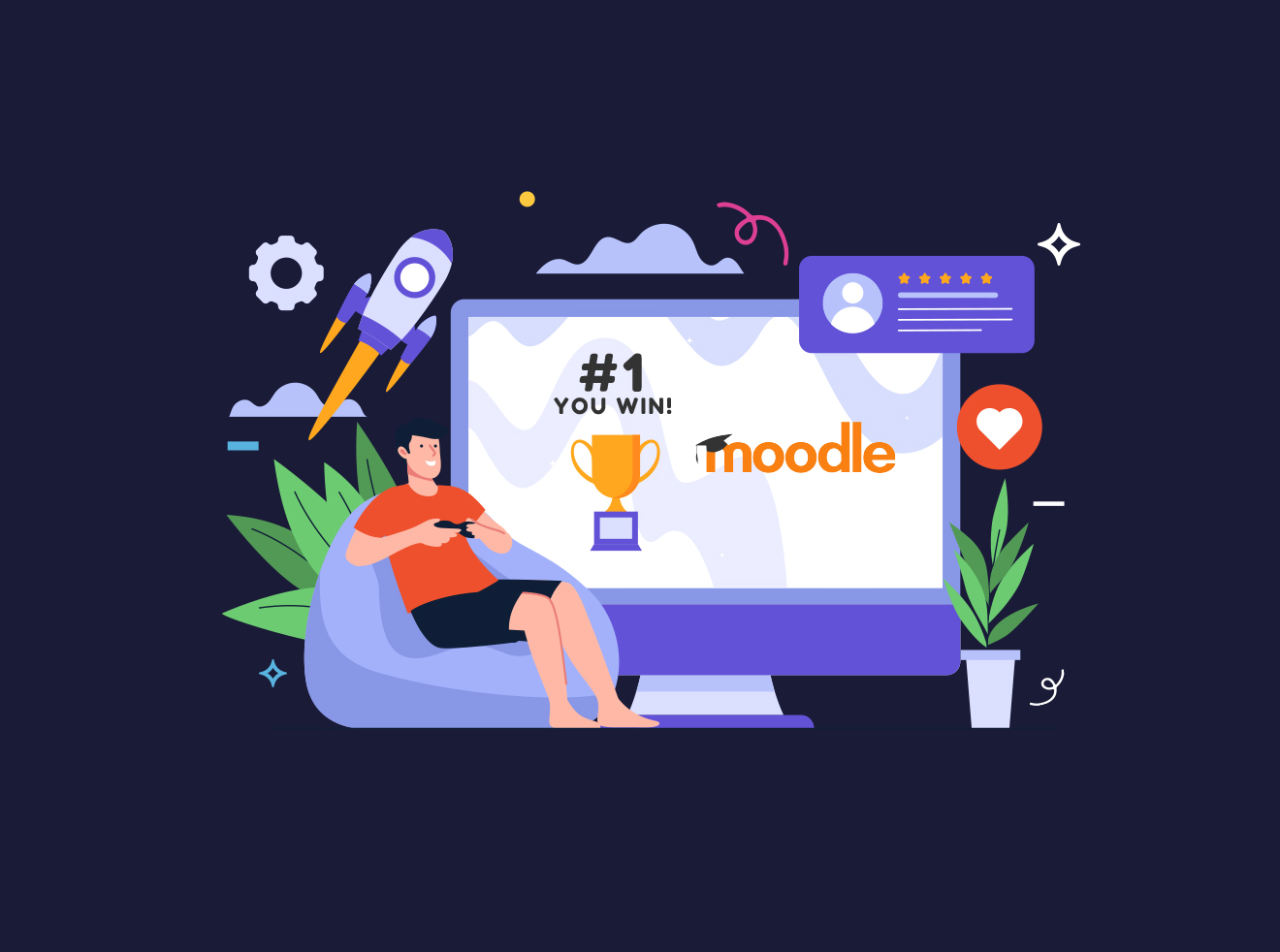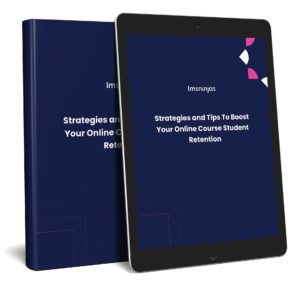When it comes to providing a better learning experience, how you design an online course page is vital, with all visual elements coming into play. Having an organized course structure, valuable content and implementing engagement boosting solutions is key, but how you visually present your content is also very important.
Having easy-to-look at, professionally designed online courses helps your students stay focused on the site and easily process the information delivered to them. At the same time, your online course’s design shapes the image and perception your students have of your platform.
In this post, our LMS consultants will share some fail-proof design tips to create better looking online course pages that are easy to navigate and will captivate your students’ attention.
Follow Your Style Guide Consistently
Professional sites are consistent with their branding across all pages. It is important to define a visual style for your courses from the start so you can portray a unified experience to your students. At the same time, consistent style guidelines contribute to the image your site conveys, appearing more professional and put together.
Prioritize Text Readability
The ultimate goal of any online course is to share knowledge with others. In order for students to absorb knowledge from your courses, they’ll need to be able to properly digest the content you share. The visual design of your pages plays a huge role here.
When it comes to the text on your course and lesson pages, using large, simple, clean fonts will help your students comfortably read the content on your pages. Breaking down text into small chunks, preferably no longer than 120 characters, increases the readability of your text.
For best results, you should also break down your text using insightful heading and subtitles. Not only will they make your page more eye-catching, but they’ll also help your students scan through the text, quickly grasping key ideas. Bullet points and numbered lists will also help you break down your course’s text, making it easy to read.
Use White Space
There’s nothing worse for a reader than a crowded page. When designing your course and lesson pages, make sure to include plenty of white space. This will allow you to space out different elements, so that the reader can visually identify them on the page and absorb their content without any distractions.
Include Media
In today’s digital age, simple text isn’t enough to fully grasp your students’ attention. With most sites and social networks revolving around images and video, it is essential to implement multimedia elements on your course pages. When designing your pages make sure to include meaningful images that deliver value and actually contribute to the content on your page. Video lessons and infographics are also key elements in online courses. Make sure that colors, branding elements and typography remain consistent in your media as well.
Design For Consumption
People will process visual content in a given order, scanning the page from top to bottom and from left to right so make sure to design your pages accordingly.
Choose A Simple Color Palette
When designing your course pages make sure to use contrasting colors that stand out and won’t get lost in the background. Preferably stick to a simple color palette, with 2-4 different colors, to avoid visually overwhelming the reader.
Bottom Line: How To Design An Online Course Page
A well-designed online course is not only more professional and nice to look at, but contributes to delivering a better learning experience to your students. By applying the simple visual design tips mentioned above, you can improve your online course pages, encourage your students to focus and help them get the most out of your content. If you need more help creating a professional looking e-learning site, don’t hesitate to reach out to our LMS consultants.




